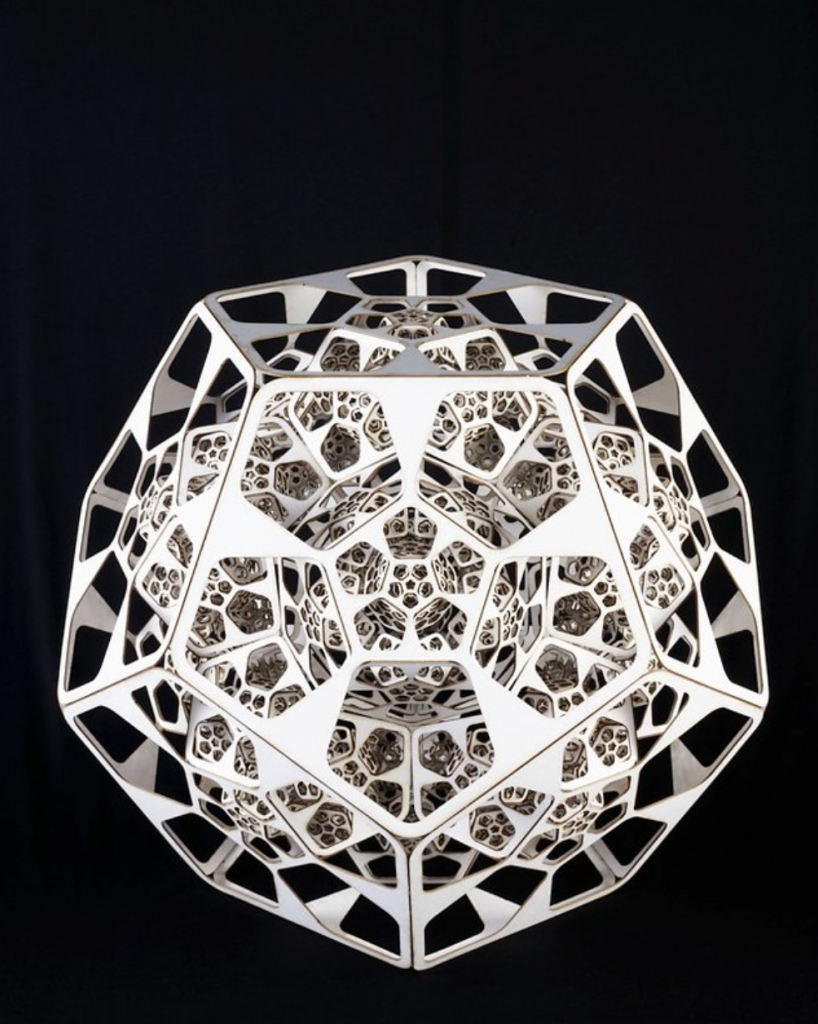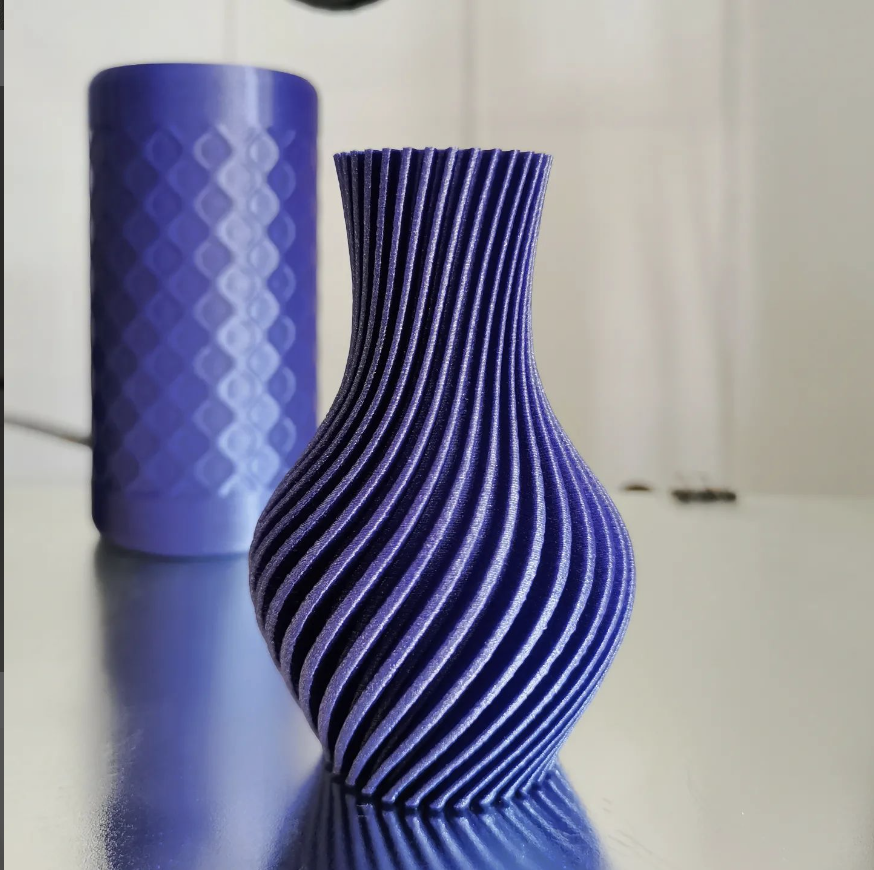The project I’m choosing is called “Grotto” by Benjamin Aranda and Chris Lasch. I enjoy how this project looks because it has a fascinating premise. The project is based on the work of Wilson Bentley who worked for 45 years to prove that no two snowflakes are alike. He documented 5,381 individual crystals to notice patterns that are key inspirations behind the logic of “Grotto.” Though each snowflake is different, they follow certain rules, especially the rule of six, that not only constitute the number of sides a snowflake has but also describes the molecular relationship. This concept is used in the project, where only one simple rule is followed to maintain consistency between geometries, but it is demonstrated that possibilities generated from varying how such a rule repeats prove endless. I think that the algorithm is produced in a similar logic; one simple rule, for example, limiting the number of sides that each component can have, is kept, and then different functions loop in order to seemingly endlessly generate the shape to produce different conglomerations. In the final form, I can see much artistic sensibility, as it seems that inspirations from nature were taken to create these forms. For example, in some generated patterns, the result resembles a clump of snowflakes, as a form of direct inspiration from Bentley’s work, and in others, the product looks more like a flower.

![[OLD SEMESTER] 15-104 • Introduction to Computing for Creative Practice](../../../../wp-content/uploads/2023/09/stop-banner.png)




